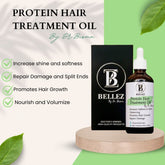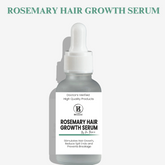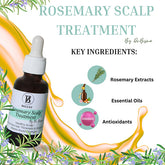Hyperpigmentation |Melasma | Dark Spots | Acne Marks
Introduction
Are you struggling with hyperpigmentation and darkspots ?? you are on the write page. This article will tell you the details of hyperpigmentation and the treatment of hyperpigmentation.
Hyperpigmentation is a skin condition where patches of skin become darker than the surrounding areas. This happens because melanin, the pigment that gives skin its color, is produced in excess. We will explain in this article how to remove facial hyperpigmentation.

Causes of Hyperpigmentation
Sun Exposure: Sunspots or age spots can result from prolonged exposure to the sun’s ultraviolet (UV) rays. UV radiation stimulates melanocytes (the cells that produce melanin) to increase melanin production, leading to darker skin patches and hyperpigmentation on face.
Hormonal Changes: Conditions such as melasma, often triggered by pregnancy, birth control pills, or hormone replacement therapy, can cause dark patches on the face. This condition is more prevalent in females and is commonly known as “the mask of pregnancy.”
Medications: Some drugs shows hyperpigmentation as a common adverse affect.
Genetics: Family history can play a role in the development of hyperpigmentation on face.
Types of Hyperpigmentation

Sunspots: A type of hyperpigmentation, also known as liver spots or age spots, these are small, darkened patches typically found on areas frequently exposed to the sun.
Melasma: Characterized by brown spots, typically found on the face. It is often associated with hormonal changes and is common in pregnant women.
Post-Inflammatory Hyperpigmentation (PIH): Dark patches that occur after the skin has been inflamed or injured, such as after acne or other skin conditions.
Freckles: Small, brownish spots that are often genetic and become more pronounced with sun exposure leading to hyperpigmentation.

Treatment Options

Topical Treatments: Over-the-counter and prescription creams can help lighten hyperpigmented areas. Common ingredients include:
Hydroquinone: A hyperpigmentation cream that lightens skin by inhibiting melanin production.
Retinoids: Promote cell turnover and help fade dark spots retinoids creams for hyperpigmentation should be avoided in pregnancy.
Vitamin C: Antioxidant Creams or lotions that can lighten the skin and lower melanin production is recommended for hyperpigmentation.

Azelaic Acid: Can help with acne and hyperpigmentation by reducing the formation of melanin
Chemical Peels: Professional peels use acids to exfoliate the skin, which can help reduce hyperpigmentation by removing the top layer of skin.

Laser Therapy: Laser treatments target melanin in the skin, breaking it down and helping to even out skin tone.

Microdermabrasion: This procedure uses a device to gently sand the skin, removing the outer layer and improving the appearance of dark spots and treat hyperpigmentation.

Cryotherapy: Involves applying liquid nitrogen to freeze and destroy pigmented cells, which can help lighten dark spots, a very unique therapy for hyperpigmentation.

Conclusion
Hyperpigmentation is a manageable condition with a variety of treatment and prevention strategies available. By understanding the causes and types of hyperpigmentation, individuals can better address their specific concerns and work towards achieving a more even skin tone. There are also number of treatment and creams, available for the treatment of melasma, darkspots and hyperpigmentation Consulting with a dermatologist can provide personalized recommendations and effective treatments tailored to individual needs.






